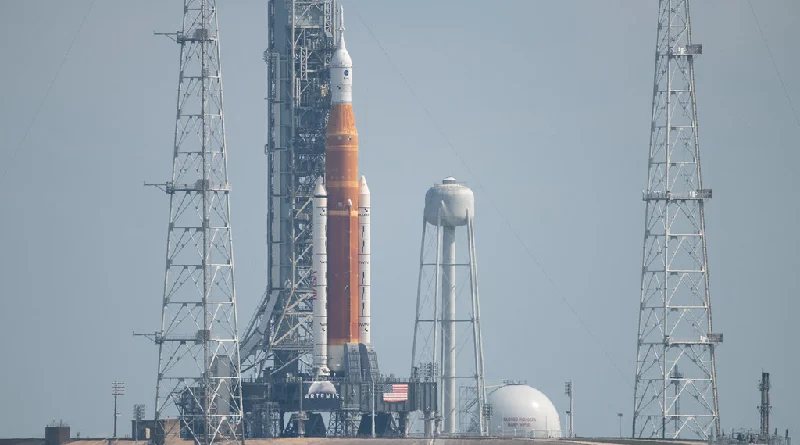NASA’s Artemis Program: Launch to the Moon
NASA’s Artemis program is one of the most exciting and ambitious space exploration initiatives currently underway. This program aims to send humans back to the Moon by 2024, with the goal of establishing a sustainable human presence on the lunar surface and paving the way for future deep space missions.
One of the key components of the Artemis program is the Artemis mission, which involves a series of crewed and uncrewed missions to the Moon. Two of the most highly anticipated missions under this program are Artemis II and Artemis III.
Artemis II is currently scheduled for launch on April 3, 2023
Artemis II is the second mission scheduled for NASA’s Artemis program and is slated to be the first crewed mission using the Orion spacecraft launched by the Space Launch System (SLS). This mission will entail a lunar flyby test and then return to Earth, marking the first crewed spacecraft to travel beyond low Earth orbit or to the Moon since Apollo 17 in 1972.
Initially designated as Exploration Mission-2 (EM-2), this mission was originally intended to gather samples from a captured asteroid in lunar orbit as part of the now-abandoned robotic Asteroid Redirect Mission but was renamed following the introduction of the Artemis program. The mission is also planned to be the first crewed launch from LC-39B since STS-116.
Artemis II is currently scheduled for launch on April 3, 2023, and will involve sending a four-member crew aboard the Orion spacecraft on a flyby mission around the Moon. This mission will serve as a test of the spacecraft’s systems and procedures, as well as a demonstration of the capabilities of the Space Launch System (SLS) rocket and the Orion Multi-Purpose Crew Vehicle (MPCV).
On the same day as the launch, NASA is expected to announce the crew for Artemis II, which will be the first crewed mission to the Moon since the Apollo era. The crew will consist of highly trained astronauts who have undergone extensive training to prepare for this historic mission.
During the Artemis II mission, the crew will spend a maximum of 21 days in space, including a period of time in lunar orbit. The mission will involve a multi-trans lunar injection, which will send the spacecraft on a trajectory that takes it around the Moon and back to Earth.
NASA plans to launch Artemis 3 in 2024
Following the success of Artemis II, NASA plans to launch Artemis III in 2024, which will involve landing the first woman and next man on the Moon. This mission will also involve the deployment of various scientific instruments and experiments, as well as the establishment of a lunar base camp to support future missions.
Overall, NASA’s Artemis program is a bold and ambitious initiative that aims to push the boundaries of human space exploration and pave the way for future missions to Mars and beyond. With the launch of Artemis II just around the corner and the announcement of the crew imminent, excitement is building for what promises to be a historic moment in space exploration.




